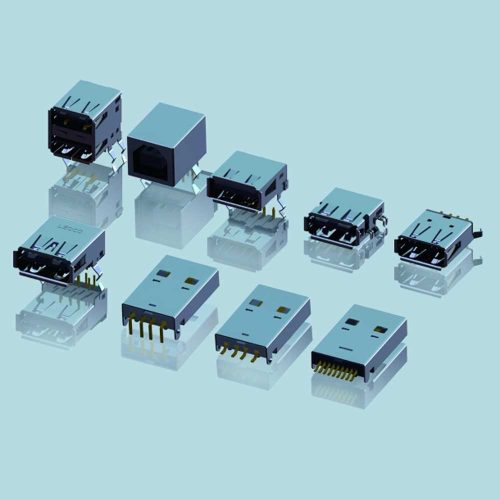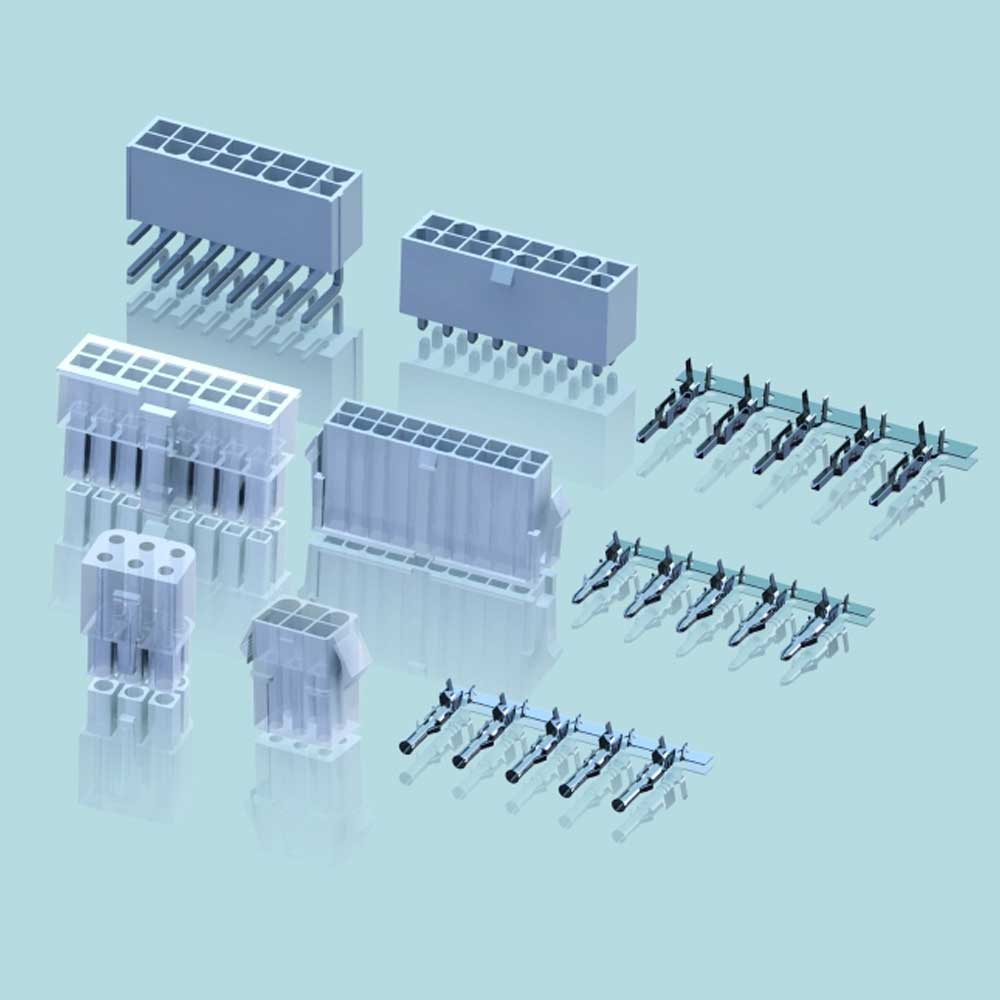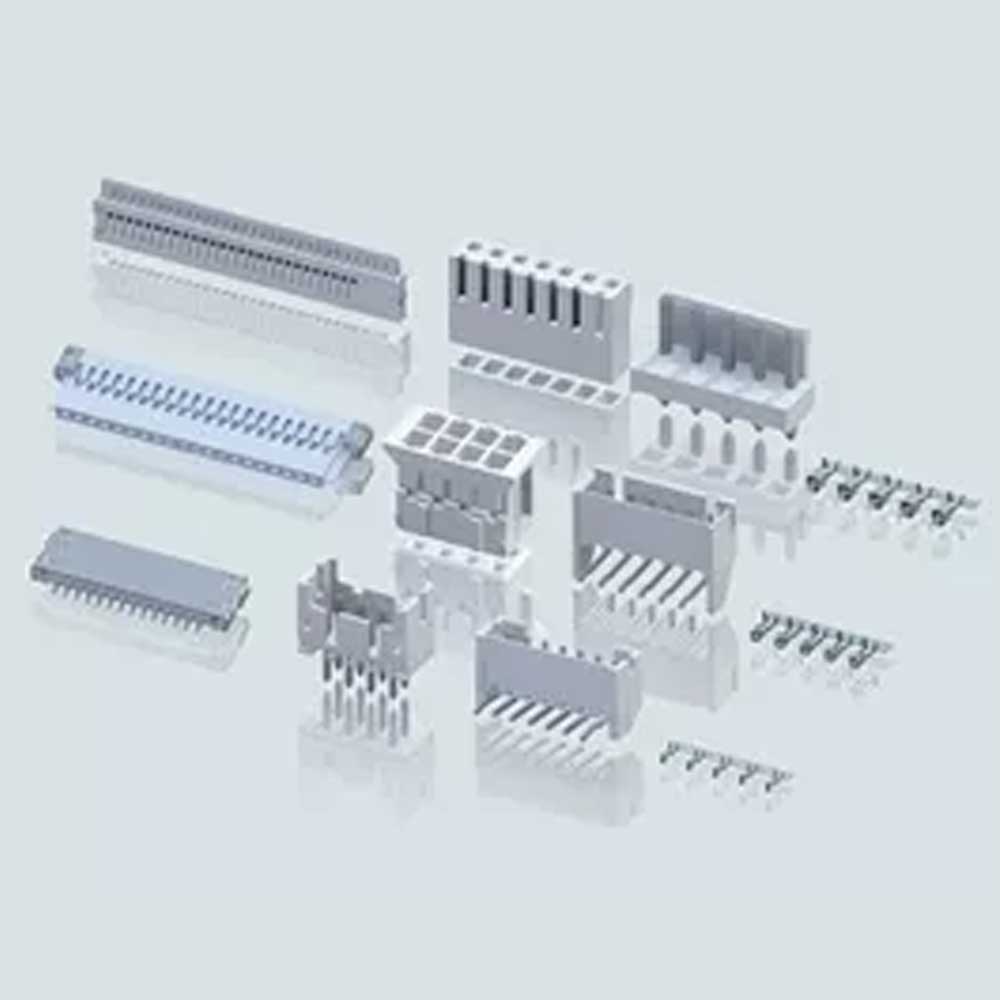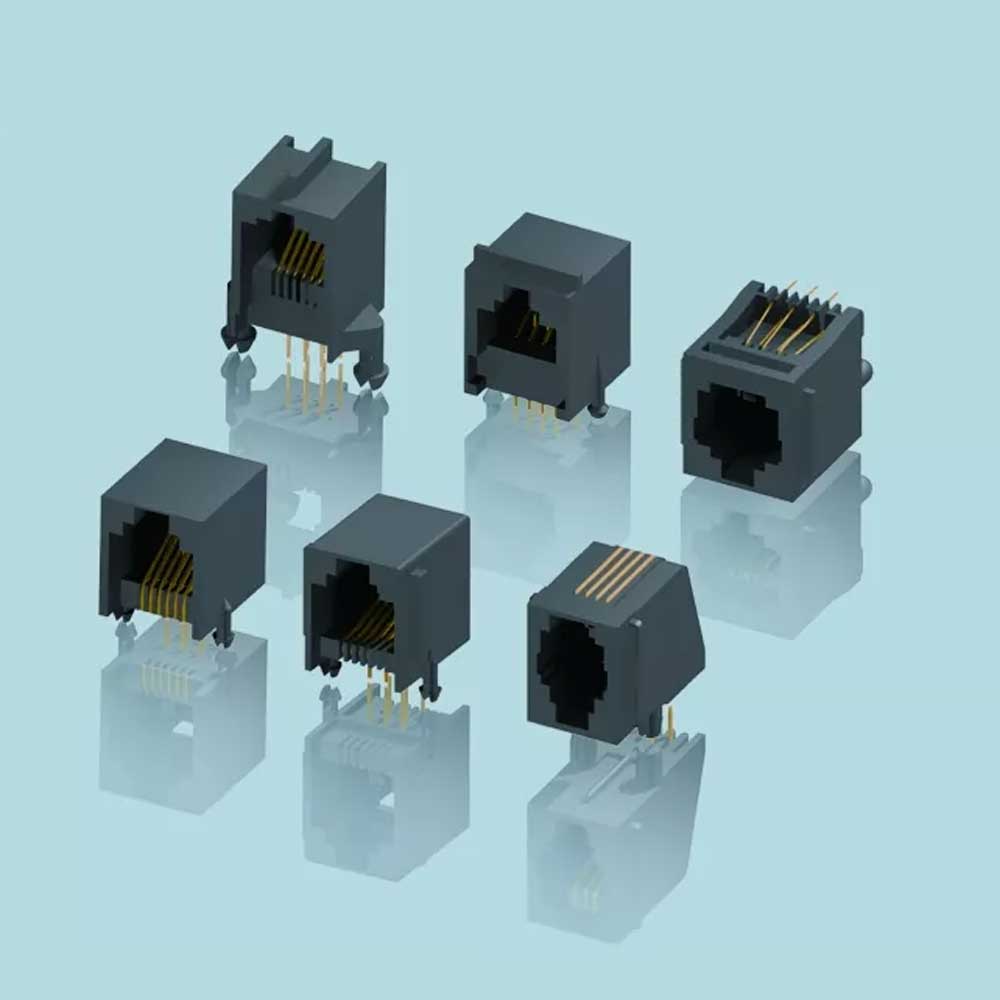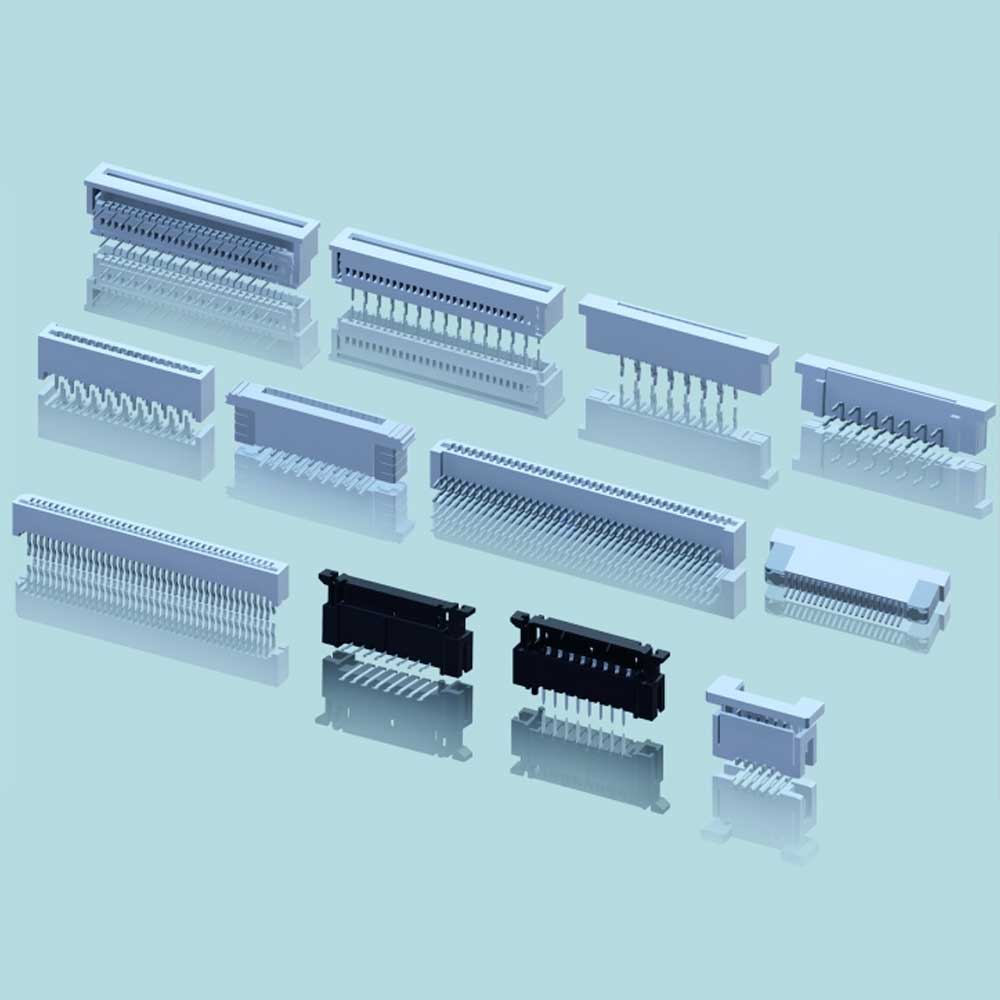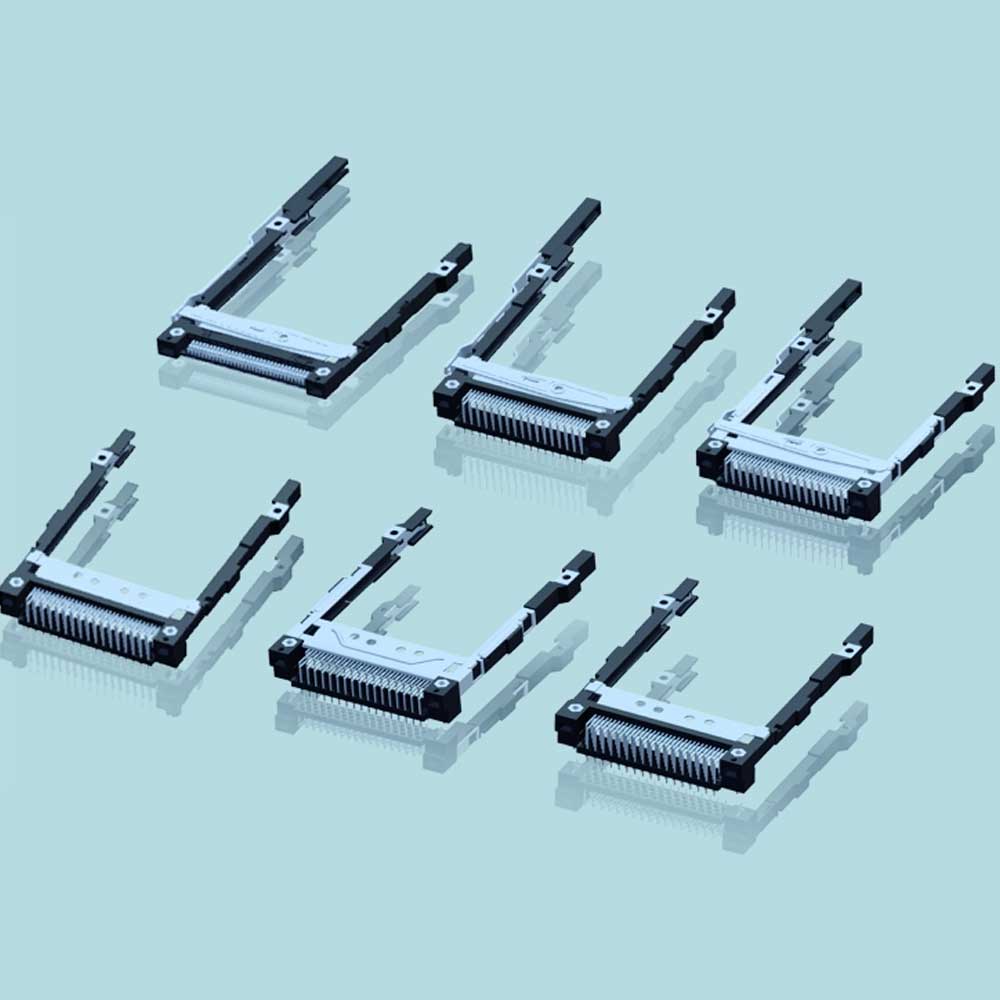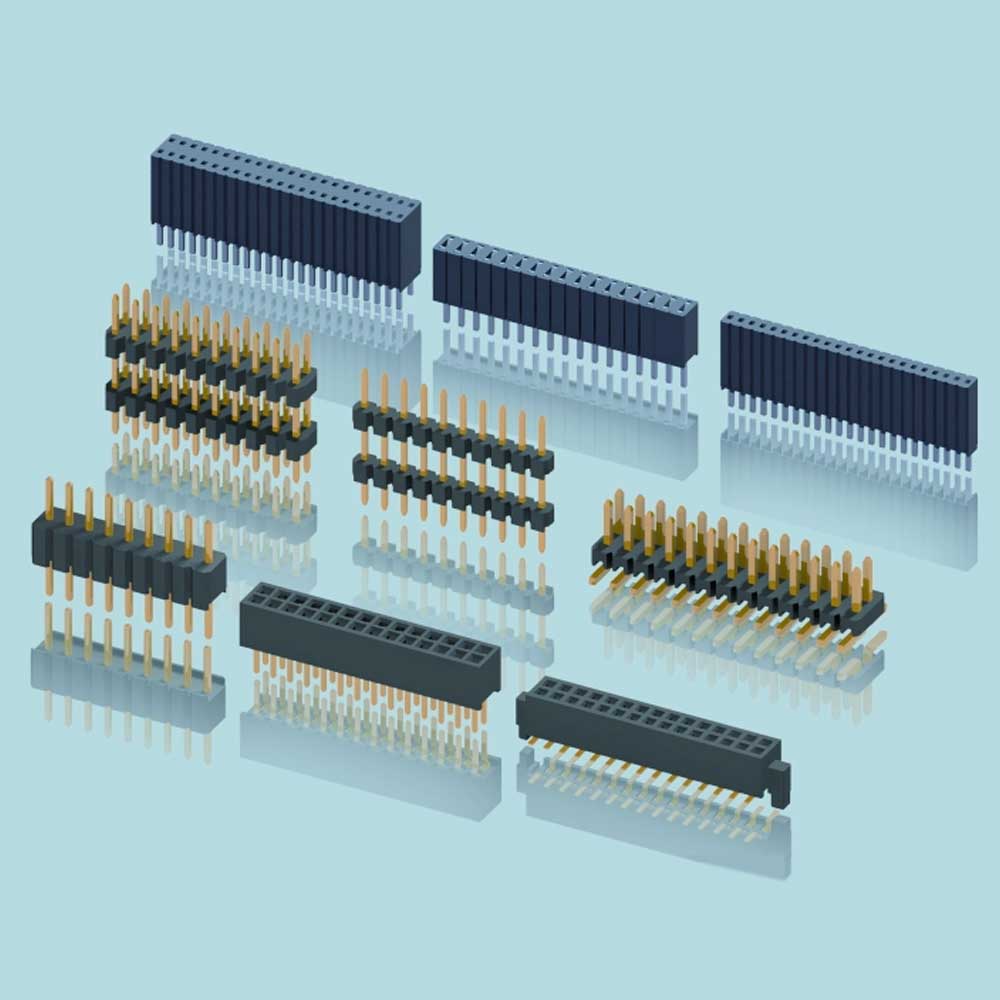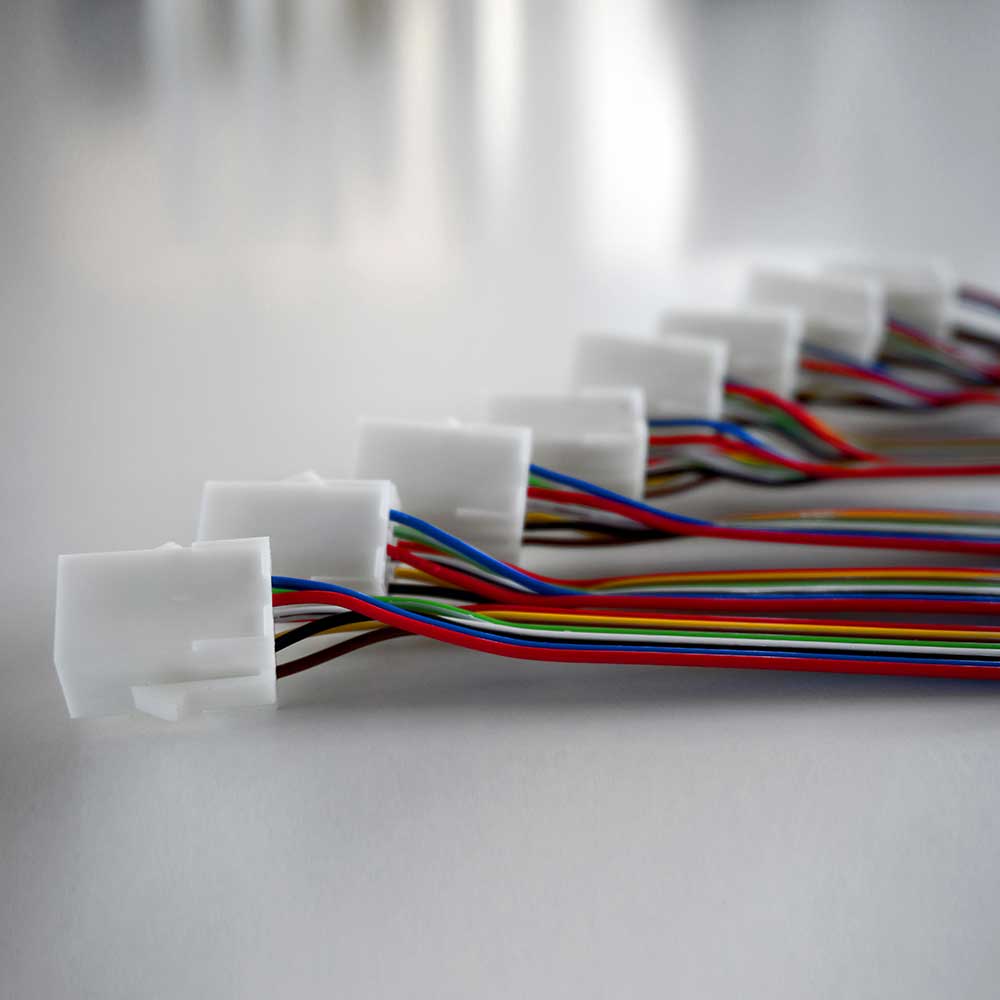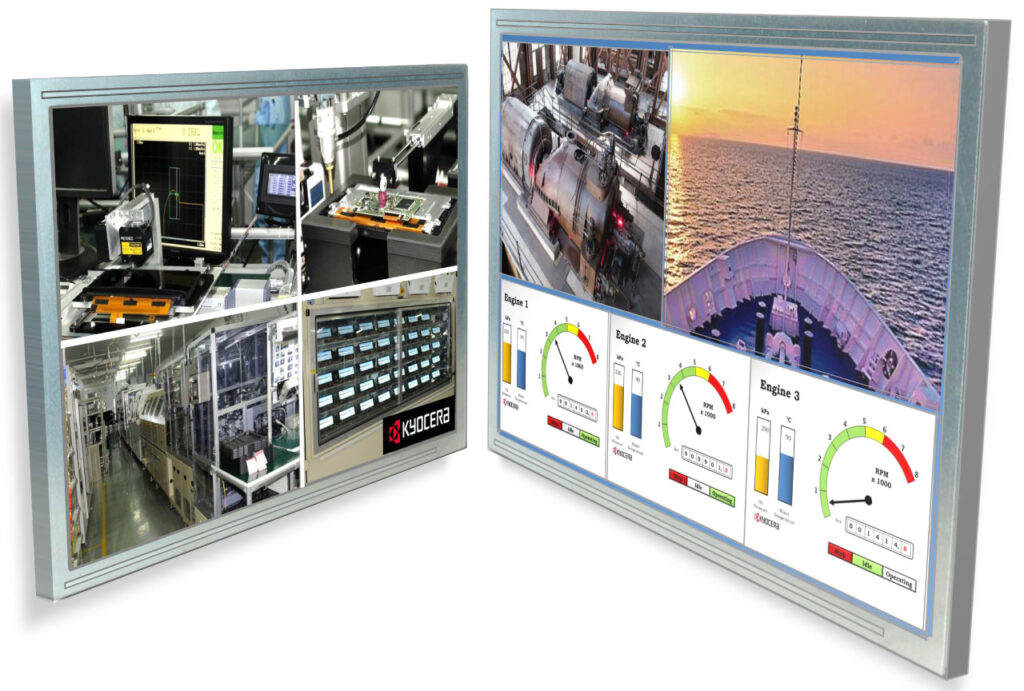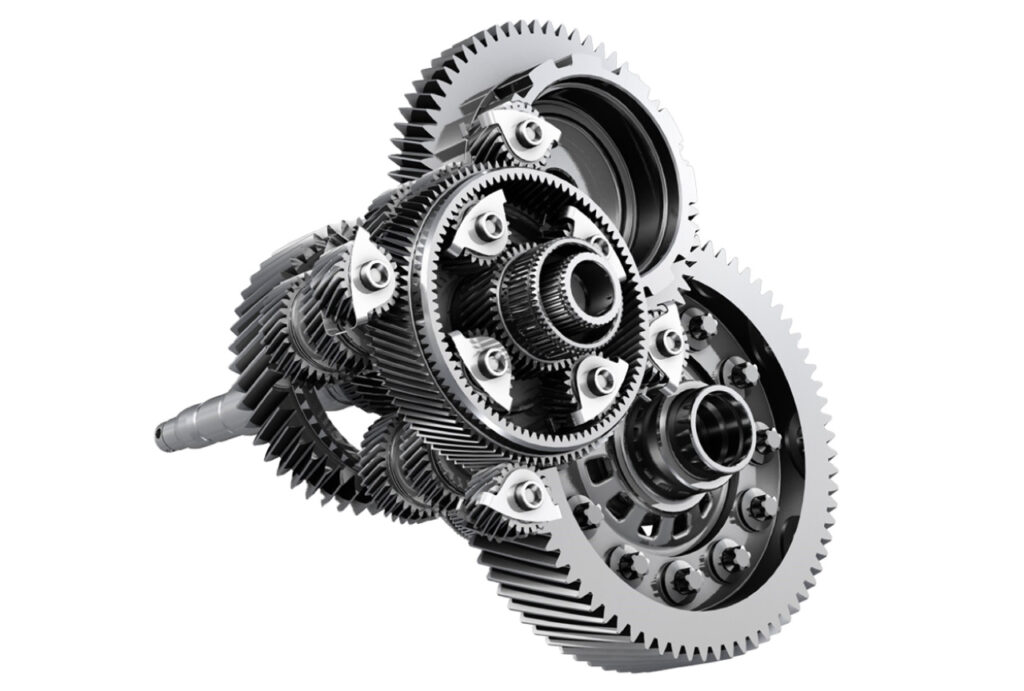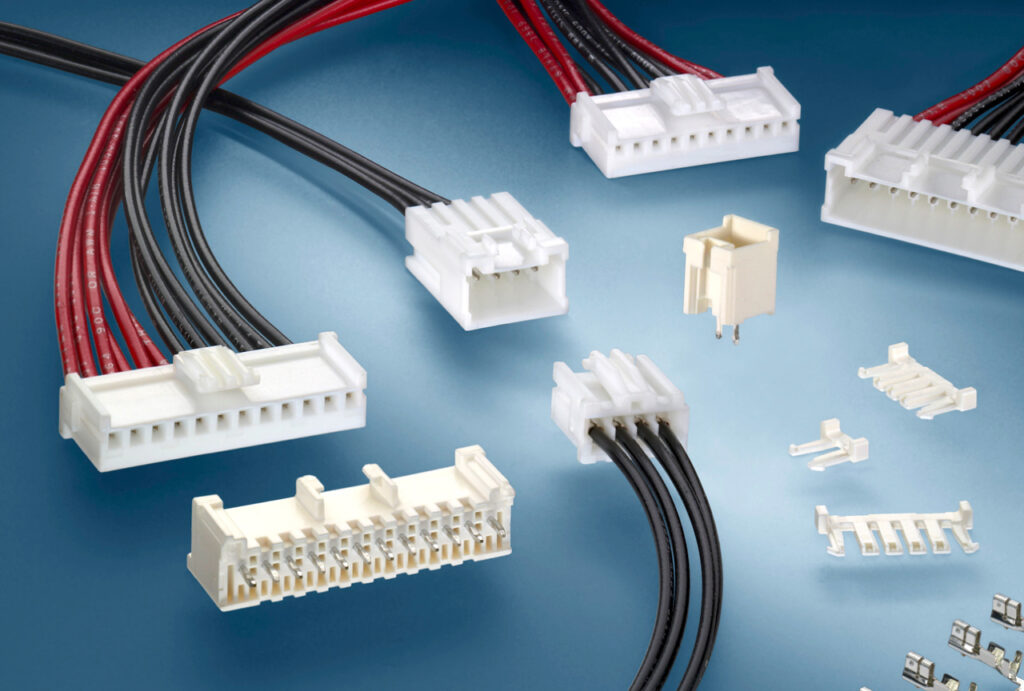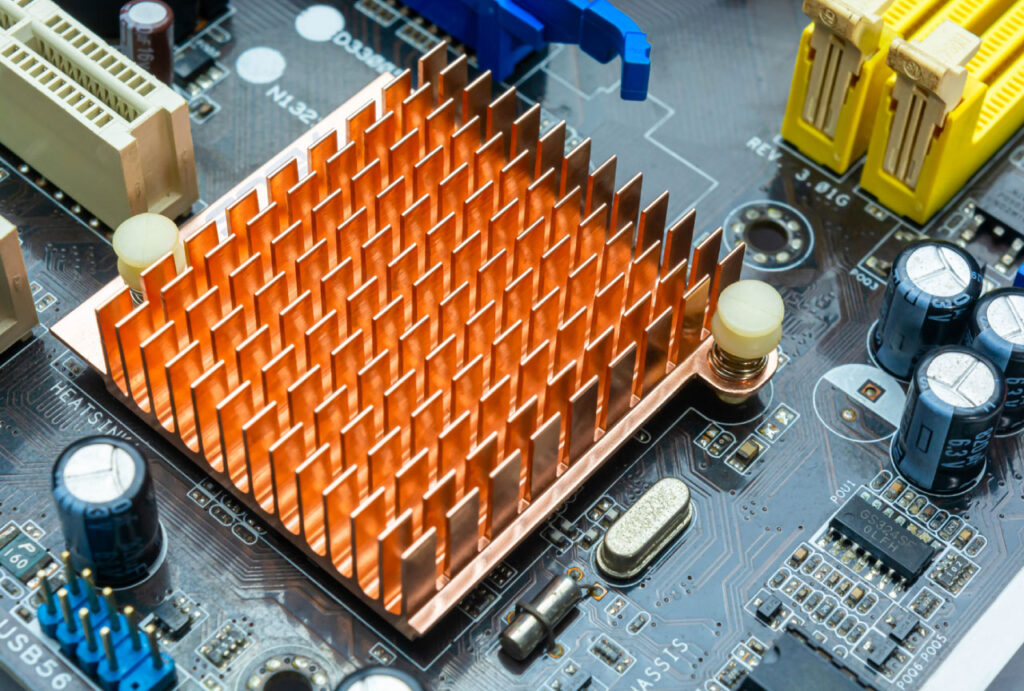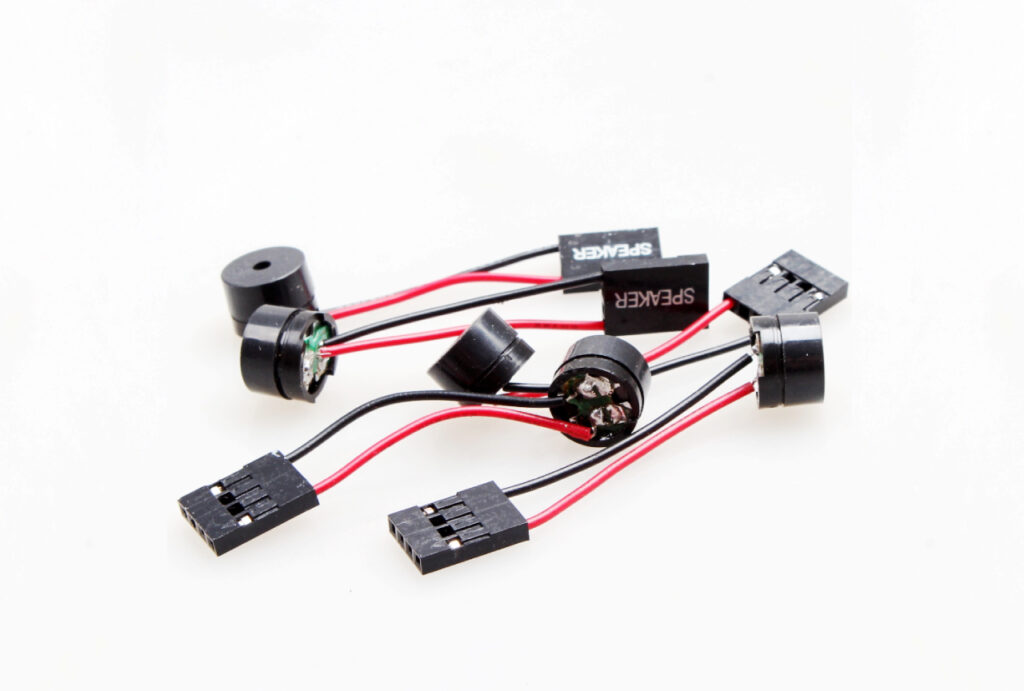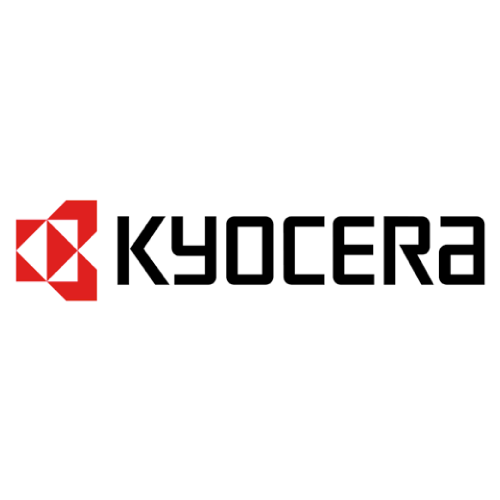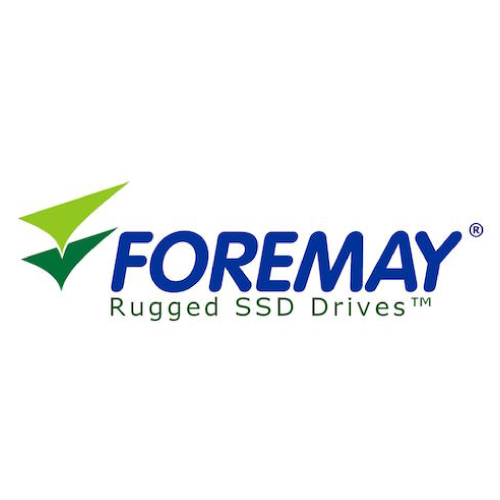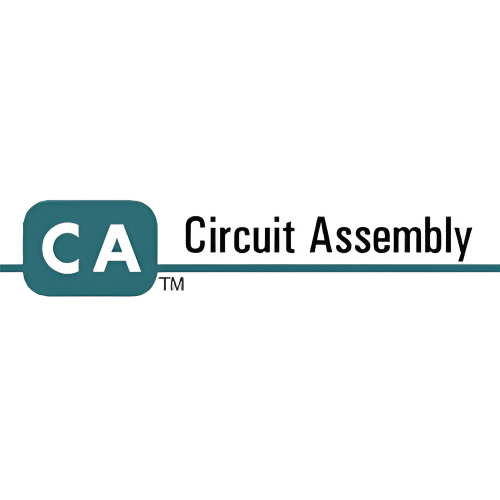I-O Connectors
Home » Products » Connectors » I-O Connectors
I-O Connectors, also known as input-output connectors, play a crucial role in the electronic components industry. These connectors allow different electronic devices to communicate with each other, enabling data transfer and the exchange of information. Without I-O connectors, devices such as computers, printers, and cameras would not be able to connect and work together seamlessly.
About
How the technology works
I-O connectors come in various shapes and sizes, and each has a specific purpose. They are designed to provide a physical and electrical connection between two devices, allowing them to share data or power. I-O connectors use different types of pins, sockets, and plugs to achieve this connection. The pins and sockets are designed to fit together precisely, creating a secure and reliable connection. I-O connectors are typically classified into two types: male and female. The male connector has pins that fit into the female connector’s sockets, and the female connector has sockets that fit onto the male connector’s pins.
They come in different configurations, including parallel, serial, and USB. Parallel connectors, such as the Centronics connector, use a set of parallel wires to transfer data between devices. Serial connectors, such as RS-232 and USB, transmit data one bit at a time using a single wire. USB connectors are one of the most popular I-O connectors, used for connecting devices such as printers, cameras, and smartphones to computers. USB connectors support high-speed data transfer and provide power to the connected device.
Advantages and limitations
I-O connectors offer many advantages, including reliable data transfer and the ability to connect different devices. They are also easy to use, with plug-and-play functionality that makes it easy to connect and disconnect devices quickly. I-O connectors are widely available and come in different shapes and sizes, making it easy to find the right connector for your needs.
However, they also have some limitations. For example, they can be prone to damage if not handled carefully, leading to poor connectivity or a complete failure of the connector. Some I-O connectors are also limited in terms of the data transfer speeds they support, which can be a problem when transferring large amounts of data. Additionally, I-O connectors can be susceptible to interference from other devices, which can affect their reliability.
Applications
I-O connectors are used in many applications, including computing, telecommunications, and consumer electronics. Some common applications include:
- Connecting a printer to a computer using a USB connector.
- Connecting a camera to a computer or smartphone using a USB connector.
- Connecting a monitor to a computer using a VGA or HDMI connector.
- Connecting a mobile phone to a charger using a USB connector.
- Connecting a network router to a modem using an Ethernet connector.
Conclusion
I-O connectors play a crucial role in the electronic components industry, enabling different devices to communicate with each other and share data. They are easy to use and widely available, with many different configurations to suit different needs. While they do have some limitations, such as susceptibility to damage and interference, I-O connectors are an essential component in many devices we use every day. As technology continues to evolve, I-O connectors will continue to play a vital role in enabling devices to connect and work together seamlessly.
